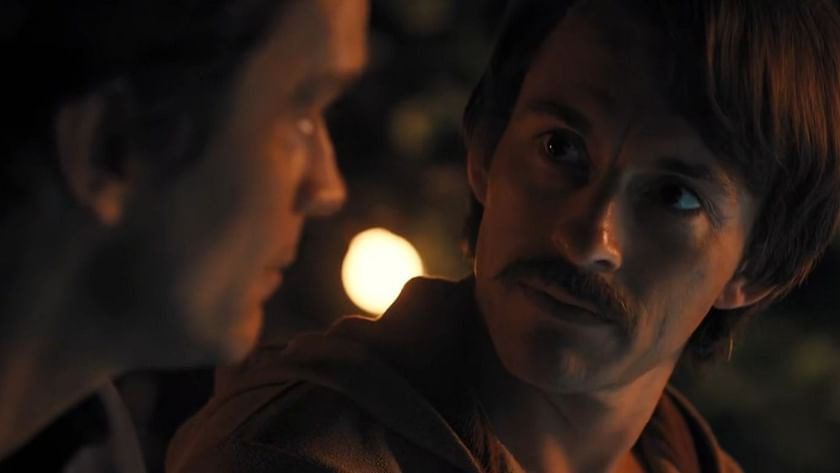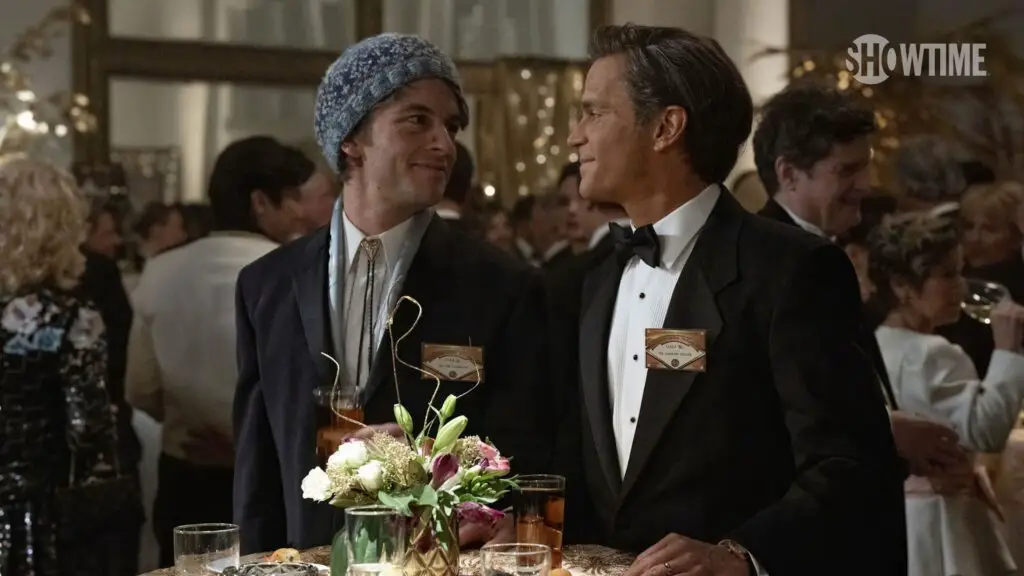The Showtime series “Fellow Travelers” culminates in a deeply moving finale, bringing to a close the intricate and turbulent love story of Hawkins Fuller (Hawk) and Tim Laughlin. Set against the backdrop of a society unaccepting of homosexuality, their romance unfolds over decades, reflecting the societal and political changes of the times.
The series chronicles the initial meeting of Hawk and Tim during the 1950s, an era overshadowed by the Lavender Scare and Senator Joseph McCarthy’s anti-communist crusade. Hawk, a worker for Senator Smith, leverages his position to secure a job for Tim in McCarthy’s office, using him unwittingly as a pawn in political machinations. This act marks the beginning of a complicated relationship, where Hawk’s desire to conceal his homosexuality from the public eye constantly clashes with his feelings for Tim.
As the years pass, Hawk’s reluctance to openly embrace his sexual identity leads to a strained and intermittent relationship with Tim. Hawk marries Lucy Smith, the daughter of his mentor, in a bid to maintain a façade of heteronormality, effectively pushing Tim to the margins of his life. Despite this, Hawk continues to seek romantic encounters with Tim, even while married and keeping his family in the dark about his true self.
Parallel to Hawk and Tim’s story, the series also explores the relationship of Marcus Hooks and Frankie Hines, highlighting the challenges faced by LGBTQ individuals, particularly those like Marcus who also contend with racial discrimination. The narrative comes to a poignant climax in 1986, amid the AIDS crisis, with Tim battling the illness and Hawk finally acknowledging the depth of his feelings.
Lucy Smith’s Confrontation and Realization

Lucy Smith, Hawk’s wife, plays a pivotal role in the unfolding drama. Aware of Tim’s significance in Hawk’s life and their ongoing relationship, Lucy confronts the reality of her marriage—a union more of convenience than of love. The series portrays Lucy as a character trapped in a complex web of unrequited love and societal expectations. Her eventual encounter with Tim in the hospital in 1986 is marked by a newfound understanding and acceptance of their shared, yet unfulfilled, love for Hawk.
Hawk’s Ultimate Betrayal and Self-Reckoning
The series reveals Hawk’s manipulative nature, especially in his dealings with Tim. A pivotal moment of betrayal occurs in the late 1950s when Hawk, in an attempt to secure Tim a position in a government relief effort for Hungarian refugees, ultimately sabotages Tim’s career for fear of his own homosexual inclinations being exposed. This act of betrayal not only affects Tim’s professional life but also causes irrevocable harm to their relationship.
The finale also shows Hawk grappling with the consequences of his actions, as his personal life unravels. His inability to reconcile his public persona with his private desires leads to the dissolution of his marriage with Lucy and the loss of Tim.
The Fundraiser Gala and Tim’s Legacy
In the series’ concluding episodes, set in 1986, the focus shifts to the AIDS crisis. Tim, now terminally ill, implores Hawk to use his influence to advocate for AIDS funding and awareness. The climax at a fundraiser gala, attended by Hawk and Tim, becomes a stage for a powerful protest for AIDS rights, spearheaded by Tim and other activists. The series ends poignantly in 1987, with Hawk visiting the AIDS Memorial Quilt, acknowledging Tim as his true love in front of his daughter, Kimberley.
“Fellow Travelers,” through its intricate narrative and complex characters, offers a profound exploration of love, identity, and the societal pressures that shape personal choices. The finale, in particular, provides a powerful commentary on the struggles of the LGBTQ community during a turbulent period in history.


